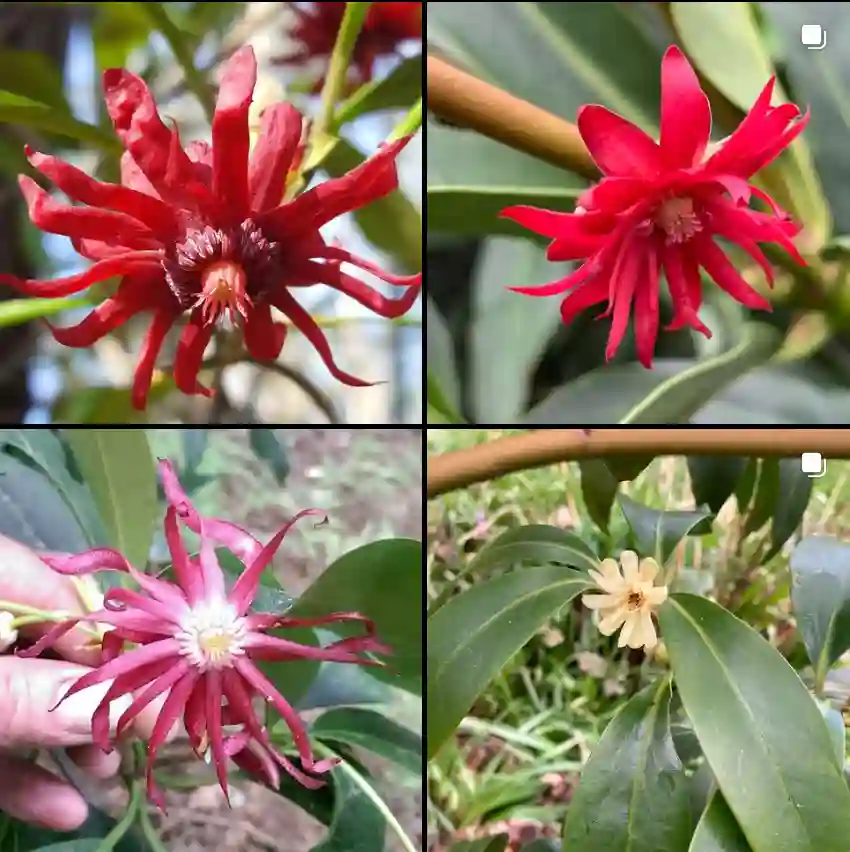FAQs About Leucadendron Wilson’s Wonder
Leucadendron Wilson’s Wonder is a striking and versatile plant that has garnered significant attention from gardeners and plant enthusiasts alike. In this article, I’ll address some frequently asked questions about this plant, sharing my personal experiences and insights.
85 Species in Genus Leucadendron
What is Leucadendron Wilson’s Wonder?
Leucadendron Wilson’s Wonder is a type of protea plant native to South Africa. Known for its stunning foliage and unique floral characteristics, it’s a favorite among those looking to add a touch of the exotic to their gardens. The plant features broad, leathery leaves that are a vibrant mix of green and silver, with occasional reddish hues. Its flowers, though less conspicuous, are equally fascinating, typically emerging in shades of yellow and orange.
How to Care for Leucadendron Wilson’s Wonder?
Caring for Leucadendron Wilson’s Wonder requires understanding its native environment. Here’s what I’ve learned about keeping this plant healthy and thriving:
- Sunlight: This plant thrives in full sun. I’ve found that placing it in a spot that gets at least 6 hours of direct sunlight each day is ideal. It can tolerate partial shade, but the best growth and coloration come from ample sunlight.
- Soil: Leucadendron Wilson’s Wonder prefers well-draining soil. I’ve had the best results with a sandy or loamy mix, enriched with organic matter. Avoid heavy clay soils as they can lead to root rot.
- Watering: It’s crucial not to overwater. The plant is drought-tolerant and prefers the soil to dry out between waterings. I water mine deeply but infrequently, allowing the soil to dry out before the next watering.
- Fertilizing: This plant is relatively low-maintenance when it comes to fertilization. I use a balanced, slow-release fertilizer once in the spring. Over-fertilizing can lead to excessive foliage growth at the expense of flowers.
How to Propagate Leucadendron Wilson’s Wonder?
Propagating Leucadendron Wilson’s Wonder can be a rewarding experience. Here’s a simple method I use:
- Cuttings: The most effective way to propagate is through semi-hardwood cuttings taken in late summer or early fall. I select healthy stems and cut them to about 4-6 inches long. Removing the lower leaves and dipping the cut end in rooting hormone enhances success.
- Planting: I plant the cuttings in a well-draining potting mix and keep them in a warm, bright location. Regular misting helps maintain humidity, which is crucial for rooting.
- Transplanting: Once the cuttings have developed a robust root system, I transplant them into their permanent location. It’s important to acclimate them gradually to direct sunlight to prevent shock.
What to Plant With Leucadendron Wilson’s Wonder?
Pairing Leucadendron Wilson’s Wonder with complementary plants can enhance your garden’s aesthetic. Here are a few companions that work well:
- Other Proteas: Combining Leucadendron Wilson’s Wonder with other protea species, like Protea Cynaroides, creates a striking display of diverse textures and colors.
- Succulents: I’ve found succulents such as Agave or Aloe work well with Leucadendron Wilson’s Wonder. Their contrasting forms and drought-tolerance make them excellent partners.
- Native Grasses: Grasses like Lomandra or Dianella can provide a nice contrast and complement the plant’s foliage. They also thrive in similar soil conditions.
Is Leucadendron Wilson’s Wonder Toxic?
Leucadendron Wilson’s Wonder is not known to be toxic to humans or pets. However, as with many plants, it’s always wise to prevent pets from chewing on or consuming any part of the plant.
Benefits of Leucadendron Wilson’s Wonder
Leucadendron Wilson’s Wonder offers several benefits:
- Aesthetic Appeal: Its unique foliage and striking colors make it a standout feature in any garden. The plant adds a touch of exotic flair that can’t be matched.
- Low Maintenance: Once established, this plant requires minimal care, making it ideal for busy gardeners.
- Drought Tolerance: It’s well-suited for water-wise gardens, requiring less frequent watering compared to many other ornamental plants.
Common Problems and Solutions
Despite its hardiness, Leucadendron Wilson’s Wonder can encounter a few issues:
- Root Rot: Overwatering is a common issue. Ensure well-draining soil and allow the plant to dry out between waterings to prevent root rot.
- Pests: While relatively pest-resistant, I’ve occasionally seen issues with aphids. Regular monitoring and, if necessary, an insecticidal soap can help control these pests.
Comparing Leucadendron Wilson’s Wonder with Similar Plants
Comparing Leucadendron Wilson’s Wonder with other proteas or similar plants can help you decide if it’s the right fit for your garden. For example:
- Leucadendron Safari Sunset: This variety is similar in its striking foliage but has a more vibrant red and orange coloration compared to Wilson’s Wonder.
- Protea Cynaroides (King Protea): While not a Leucadendron, the King Protea shares some visual similarities and thrives in similar conditions.
Leucadendron Wilson’s Wonder is a stunning addition to any garden, offering a unique appearance and easy care requirements. Its versatility and low maintenance make it a favorite of mine, and I hope these FAQs help you decide if it’s the right plant for you!
If i die, water my plants!



